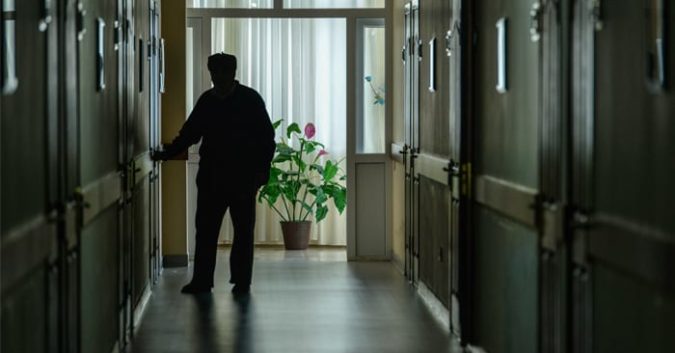It’s a long-held suspicion that U.S. nursing homes maintain inadequate staffing levels, but federal data have only just confirmed it a valid one.
The New York Times this month published a visual map of these data, showing staffing standards across the nation’s 14,000 nursing homes. The key shows how nursing homes have been rated for their staffing levels – ranging from much “above average” to “much below” – plus the resident-to-staff ratio on the best- and worst-staffed days of the week.
The bad news is 2-fold: Not only are nursing homes averaging too many residents per staff member, but day-to-day staffing varies drastically. The fact that this was hidden for so long only adds fuel to the fire.
Data: Nursing Home Residents Critically Short of Caregivers
Medicare has never mandated a minimum resident-to-staff ratio. It simply requires the presence of a registered nurse for 8 hours a day and a licensed nurse around the clock.
Yet records show a quarter of facilities, like the Legacy at Herington, Kansas, have rostered no registered nurses at all on the worst days. In other homes, residents outnumber aides by 2 dozen or more. And in Texas, home to the bulk of low-rated facilities, the roster counts 1 nurse for more than 100 residents.
Staffing also fluctuates erratically, with particularly large shortfalls on weekends: an average 11 percent fewer nurses and 8 percent fewer aides. Even in nursing homes with high or average staff ratings, weekend staff care for as many as twice the residents weekday staff attend.
The management’s excuse for weekend staffing challenges? Allowing employees every other weekend off, among other perks to try to stay competitive in “a constant battle” of recruiting and retaining employees. Nurse assistants are paid an average of just $13.23 per hour, get burned out, and quit.
Of course, no matter what day of the week or how small their caregivers’ paychecks, residents still have the same needs.
Nursing Home Understaffing a Miscalculated Problem
These new data come from daily payroll records Medicare began gathering only in April, as required by the Affordable Care Act of 2010. Before that, the government relied on nursing homes’ own (unverified) reports of staffing levels 2 weeks before inspections.
That meant homes had enough notice to simply staff up in time for their inspection. They can also take advantage of loopholes in Medicare’s 5-star rating system, which has allowed homes to keep their rating even if their payroll records showed lower staffing than before, according to The New York Times.
Of all nursing homes submitting these newly available payroll records, 7 in 10 have lower staffing than self-reported. The average decrease is 12 percent. More than 1,000 facilities haven’t even been rated because of data deficiencies or abnormalities.
Why Has Staffing Been Kept Secret?
By forging payroll records, nursing homes were free to hide the harm insufficient staffing has caused residents.
When nursing homes are short of staff, nurses and aides scramble to deliver meals and medications, help residents to the bathroom and into clothing, and answer emergency calls for pain and distress. They can overlook small but essential medical tasks like repositioning a patient to prevent bedsores.
These gaps in care, sometimes leading to avoidable hospitalizations, are nothing short of neglect. At worst, nursing home understaffing has forced families to file elder abuse lawsuits.
Numerous studies examined in these cases show that homes with lower staffing correlate with increased health and safety violations. Nearly 90 percent of all nursing homes have been cited for violating state or federal laws, and 1 in 3 for abuse in forms such as physical, emotional, and sexual harm or financial exploitation.
Health inspectors have cited 1 in 8 nursing homes for understaffing since 2014, according to The New York Times. But only now that we have stronger evidence nursing homes have gamed the system are authorities considering taking action.
The Government’s Next Steps
The Centers for Medicare & Medicaid Services (CMS), the federal agency responsible for nursing home inspections, has repeatedly rebuffed requests to set minimum staffing levels. CMS leaves it up to facilities to “make thoughtful, informed staffing plans” based on their own residents’ needs. The new method of using payroll reports still has flaws, too.
This month, however, CMS admitted it is “concerned and taking steps to address fluctuations in staffing levels” by lowering ratings for nursing homes that go 7 or more days without a registered nurse.
Added to recent news that Yelp could help reveal the truth about bad nursing homes, that could be a huge move toward greater transparency. Federal data have previously left families in the dark about where to safely send their loved ones. At the very least, as the elderly population more than doubles in the next few decades, payroll records could show families which facilities are capable of accommodating them.
Click here to see The New York Times’s interactive map, where you can search by location or nursing home name for information in your area.
